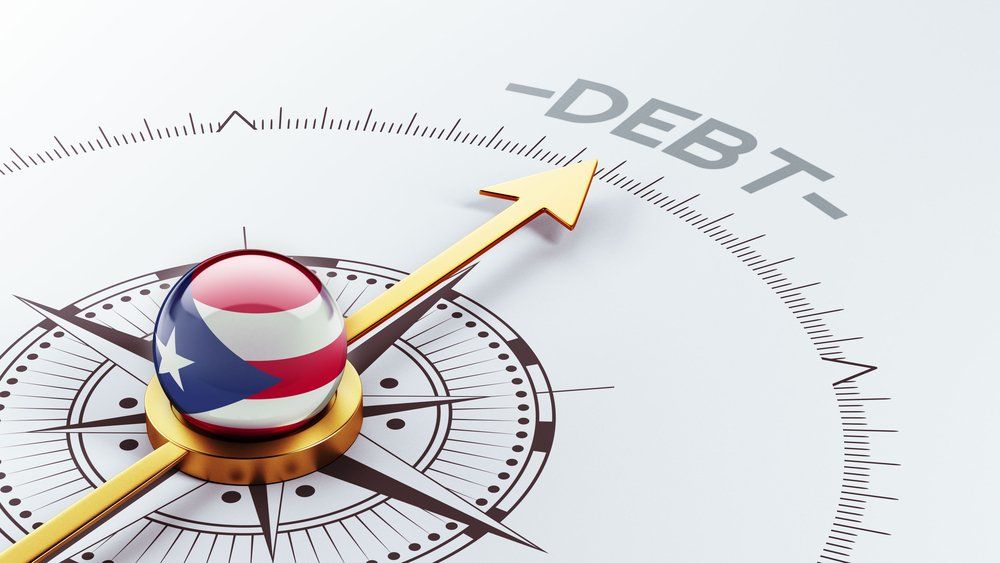Chapter 7 Bankruptcy Timeline
CHAPTER 7 BANKRUPTCY TIMELINE
A Chapter 7 bankruptcy timeline typically consists of a series of important events or steps taken before and after filing the case. A timeline of those events are:
Before Filing
STEP 1. Credit Reports – Obtain free credit reports at www.annualcreditreport.com.
STEP 2. Creditor Listing/ Financial Inf o – Gather your bills and credit reports and make a list of your debts. Or simply use our online program at www.mycaseinfo.com. Remember that in bankruptcy the court needs to know all of your creditors and all of your debts, including relatives you owe money to.
STEP 3. Credit Counseling Certificate – Complete the required credit counseling course. Please n ote that the Bankruptcy Petition must be filed within six months of the certificate date or the course has to be repeated.
STEP 4. Signing Appointment – Provide to your attorney the most recent unpaid bills and statements, mortgage statements, auto loan statements, lawsuit information, and credit reports. Also give your last two years of your federal and state tax returns, utility statements, charitable contributions, monthly out-of-pocket medical expenses, the last seven months of pay stubs and other non-wage income.Then, you are ready to schedule your signing appointment.
Filing
STEP 5. Filing Date – The date your signed Bankruptcy Petition is filed with the U.S. Bankruptcy Court. An automatic stay is now in effect preventing further collection action.
After Filing
STEP 6. Continued Payments – For the property you intend to keep (i.e. home, cars) continue to timely pay the secured creditors.Automatic bank withdrawals will no longer work and you will not receive monthly statements so it is up to you to make sure the monthly payments are made on time. Further, your monthly payments will NOT be reported to the credit bureaus.
STEP 7. Debtor Education Certificate – Complete the required debtor education course and submit the certificate to the attorney.
STEP 8. § 341 Meeting of Creditors – About 30 days after filing, the Attorney and Clients meet at the bankruptcy court with the Bankruptcy Trustee to review the bankruptcy petition under oath.Creditors may appear and ask questions. Clients must bring their driver’s license, social security card, bank statements showing amount in bank accounts on the filing date, all pay stubs received after the filing date , completed Trustee Information Sheet form, and completed Domestic Obligation Sheet form.
STEP 9. Discharge Order – Approximately 100 days after filing, if no objection filed, the Bankruptcy Court will enter an order to discharge those dischargeable debts that are not reaffirmed.
The post Chapter 7 Bankruptcy Timeline appeared first on Long & Long P.C..





